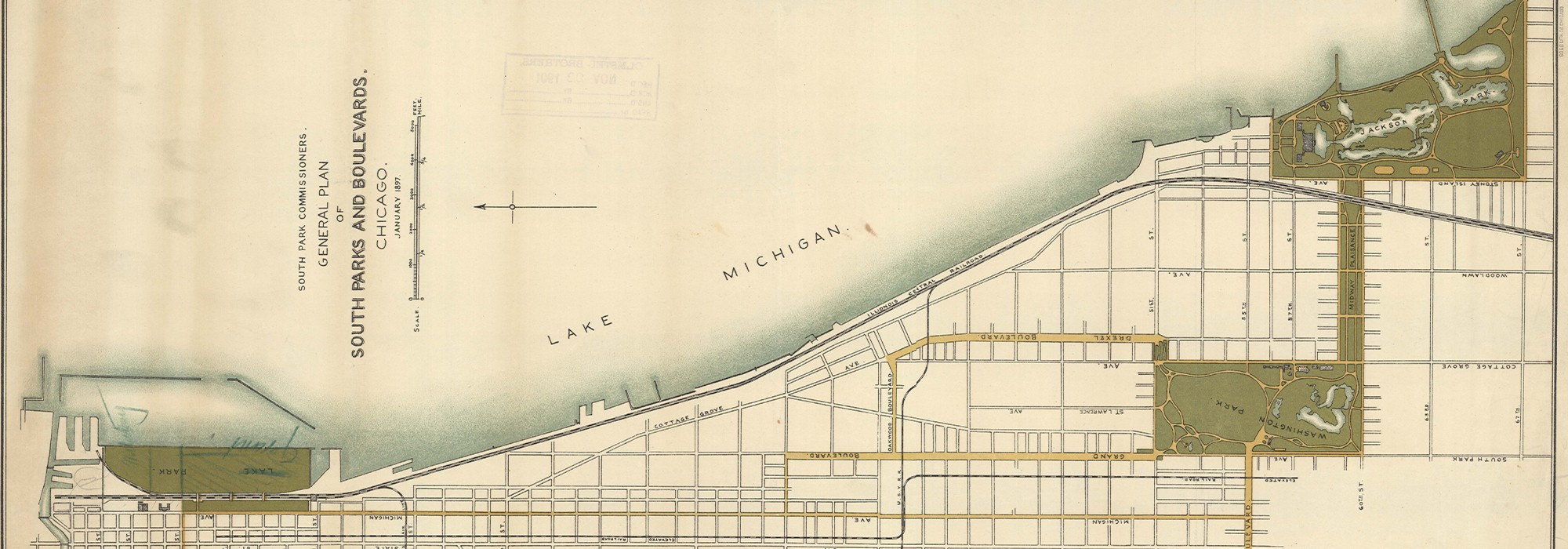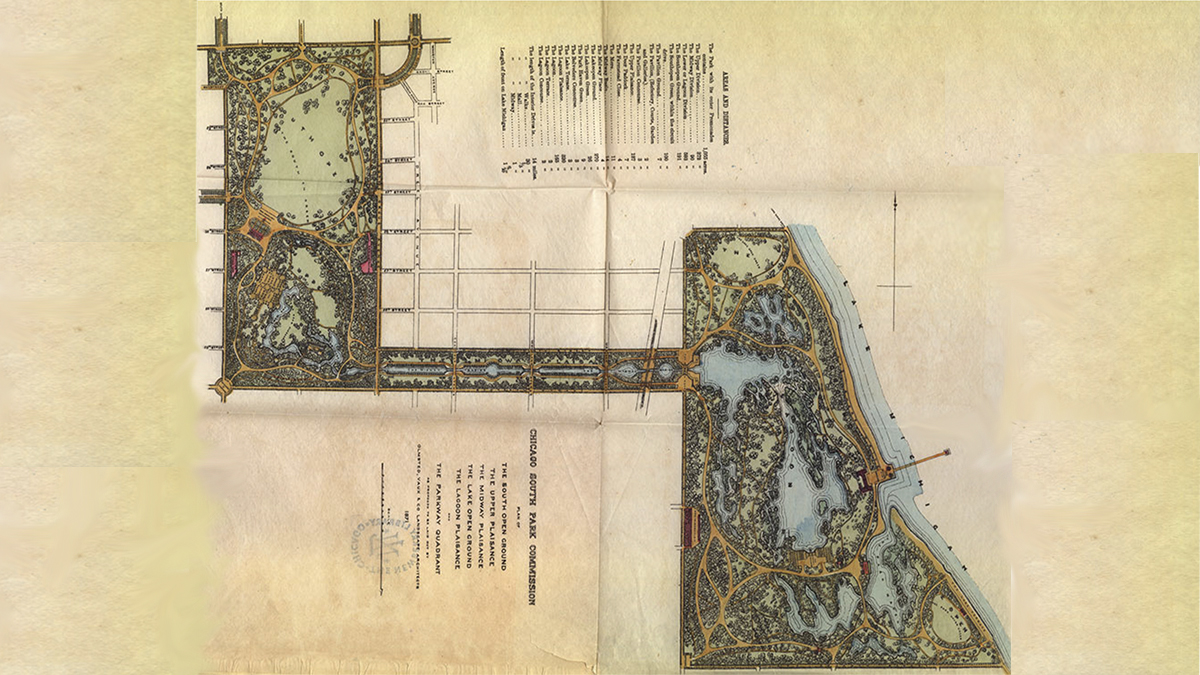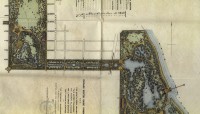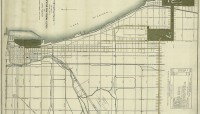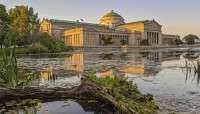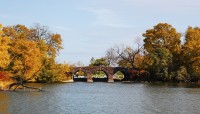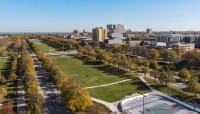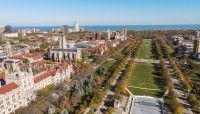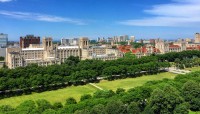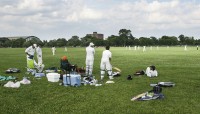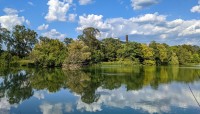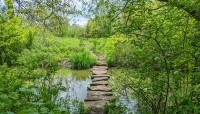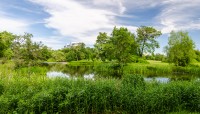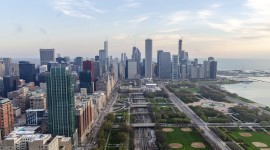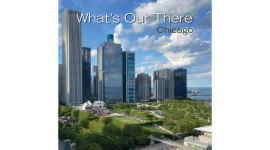Landscape Information
In 1869, Chicago’s South Park Commission was established to oversee the development of boulevards and parks south of the Chicago River. One year later, Frederick Law Olmsted, Sr., and Calvert Vaux were hired to design the 1,055-acre system. The designers developed their plans around a series of water features that also included promenades, large gathering places, and intimate garden rooms for what would later be named Washington Park and Jackson Park, connected by the Midway Plaisance. Unfortunately, their drawings were destroyed by the Great Chicago Fire of 1871. A year later, the commission hired landscape gardener H.W.S. Cleveland to develop the system, although he was advised to minimize alterations to the land. While economic recession led to further scaling back of the design, carriage drives, greenswards, picnic areas, a ramble, and elaborate floral displays were installed in Washington Park by the late 1880s. Jackson Park remained a marshy, unimproved area until the site was selected for the World’s Columbian Exposition of 1893. Olmsted and landscape architect Henry Codman, working with Daniel Burnham, developed grand designs for Midway Plaisance and Jackson Park. The former served as the exposition’s amusement section and Jackson Park included the lagoons, islands, and promenades outlined in Olmsted and Vaux’s original design.
In 1895, the state legislature approved the acquisition and improvement of additional lands for neighborhood parks. Ranging from less than one acre to nine acres, these active parks—some designed by Olmsted Brothers and D.H. Burnham & Company— included tracks, fieldhouses, and playgrounds. In 1934, all of Chicago’s 22 park districts were consolidated and design work was thereafter developed in-house.
Listed individually in the National Register of Historic Places, Jackson Park (1972), Washington Park (2004), and the Midway Plaisance (1972), were also designated in the multiple property listings in 1990 and 2018. The latter includes several contributing South Park System boulevards.



